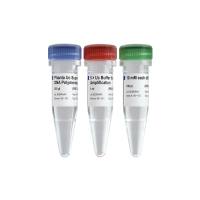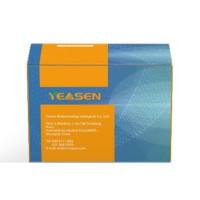Use of ACEDB as a Database for YAC Library Data Management
互联网
480
Increasingly, the libraries that are the basic genomic DNA resources of physical mapping projects are stored in ordered arrays in the wells of 96- or 384-well microtiter plates (see Chapters 2 –4 ). Localization of individual genomic clones to single wells of 96-well microtiter plates rather than the traditional random plating has meant that screening of these libraries is no longer done “in isolation.” The results of all library screens may be accumulated over time and positive signals ascribed to the individual clones. In this way potential links between markers are more quickly identified and any worker who has access to the library can obtain a clone that has been previously identified positive with a particular marker. Thus the resources available to the mapping community have become less parochial and more highly organized. The distribution of yeast artificial chromosome (YAC) and other libraries by their constructors to many centers around the world, ensures that, at least in principle, an investigator has access to the sum of all data generated in that library, and the power of the ordered genomic resource strategy is further enhanced. However, this change in the way genomic DNA libraries are used has brought with it the need to store efficiently and display the screening data for libraries consisting of hundreds of thousands of clones. The very fact that a YAC library carries with it a burgeoning history of screening that is communicable presents the problem of how to store, display, and communicate these data.









